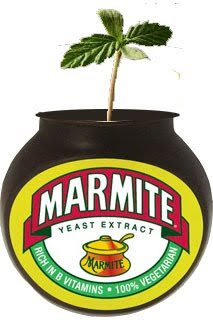
"What's this article about again?" asks Evelyn Nef, standing in the foyer of her Georgetown home. Not because she had forgotten but because she wants to hear it directly, instead of filtered through her assistant.
"Murals in private homes around the city," she's told. "And you're the top!"
"You're the top," she sings, doing a little soft-shoe down the hall. "Noël Coward!"
It's early afternoon, and the sun is shining brilliantly. She doesn't see anyone before noon, her assistant explained. She works out every morning. "Weights and stretches," Nef said. She'll be 95 next month.
More... "Come into my back yard and see a marvel," she said, leading the way through the house. And there it is, surrounded by magnolias and climbing roses, the only Marc Chagall mosaic in a private home in the world.
At the top she points out "Orpheus and his lute, Pegasus and images from Greek mythology." Below are European refugees coming across the ocean, and in the right corner she and her husband sit in the shade of a tree.
Chagall was a good friend of her third husband, historian John Ulrich Nef, whom she married in 1964.
"Every summer, we went to France and saw the Chagalls," she recalled. The people, not the paintings. "We always went to the Hotel du Cap -- they'd come to get away from the tourists in summer. In the morning, Marc would paint and my husband would write and Valentina and I would gossip. We became like a family.
"When he'd come to New York, where Matisse was his dealer, he'd come to visit us in Washington. He loved the village of Georgetown and shopping at Woolworth's for new pencils and colored crayons."
It was something of a hostess gift, the mural. When he proposed it for the garden, she was imagining a plaque of some sort, "a little 8-by-10-inch thing to hang," she described with her hands.
"I never dreamed we'd have to build a wall."
The mosaic was flown over from France in 10 panels and attached to the wall with bronze pins so it can be moved. "When I die, it will go to the National Gallery. The present plan is to put it in the sculpture garden," Nef said.
"When it was done, Marc came and the French ambassador and the society person," she said. "It was a very big deal."
This story originally appeared in the Washington Post


































